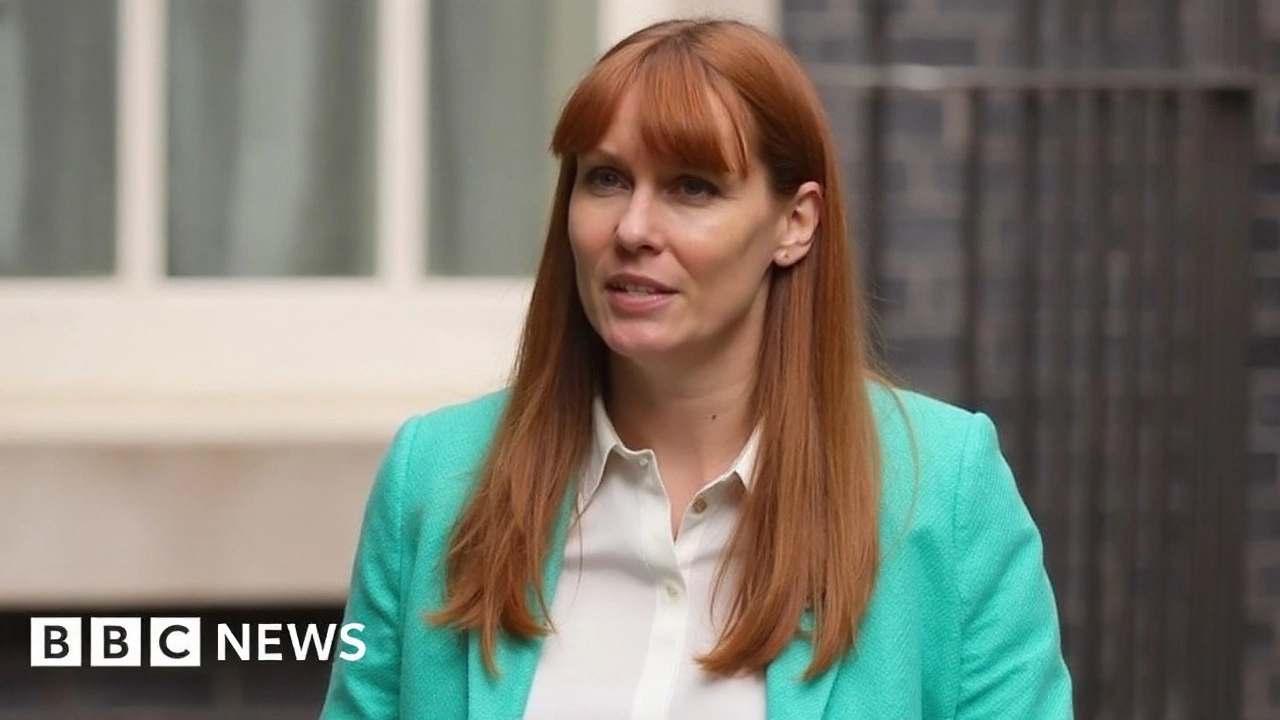Keir Starmer – UK Politics, Leadership and Policy
When talking about modern British politics, Keir Starmer, the Leader of the Labour Party and former Director of Public Prosecutions. Also known as Sir Keir Starmer, he guides the opposition’s strategy, debates government decisions, and proposes alternative policies across the country.
The Labour Party, a centre-left political organisation campaigning for social justice, public ownership of key services and workers’ rights counts on Starmer’s legal background to craft credible reforms. This partnership creates a clear semantic link: Keir Starmer leads the Labour Party. Meanwhile, the UK Parliament, the bicameral legislature that debates, amends and passes laws in Britain serves as the arena where Starmer and his MPs test ideas against the ruling side. The dynamic between opposition and government is summed up in the triple: Labour Party opposes the Conservative Government.
Key Relationships Shaping the Political Scene
Understanding Starmer’s impact means looking at the role of the British Prime Minister, the head of the UK’s executive branch who sets the national agenda. The Prime Minister’s policies act as a foil, prompting Starmer to offer counter‑proposals on climate action, tax reform and public services. This creates the semantic chain: British Prime Minister defines the executive agenda, which the Labour Party, under Keir Starmer, seeks to influence. In practice, Starmer’s speeches in the House of Commons often reference specific bills, showing how the opposition uses parliamentary procedures to shape debate.
Beyond institutions, several policy areas illustrate the connections. On climate change, Starmer pledges net‑zero targets, aligning his stance with Labour’s broader environmental platform while challenging the government’s energy strategy. In the arena of public safety, his experience as Director of Public Prosecutions gives him credibility when questioning policing reforms. These attribute‑value pairs—Keir Starmer’s legal expertise, Labour’s social agenda, Parliament’s legislative power—form the backbone of the tag’s content collection.
Readers who stick around will see how these entities interact in real time: how Starmer’s leadership style influences Labour’s campaign tactics, how the Parliament’s committee hearings provide a stage for policy scrutiny, and how the Prime Minister’s decisions set the limits that opposition must navigate. The upcoming posts explore match‑day analogies for political battles, dissect recent speeches, and break down election data, all through the lens of these core relationships.
From the history of Labour’s post‑war reforms to the latest polling numbers, the articles below give a practical rundown of what Keir Starmer means for the UK’s future. Whether you’re tracking policy shifts, comparing leadership styles, or just curious about the next election, the collection offers concrete insight without the jargon.
Now that you’ve got the big picture, dive into the posts that unpack each angle, showcase real examples, and keep you updated on how Keir Starmer’s strategies play out on the national stage.
